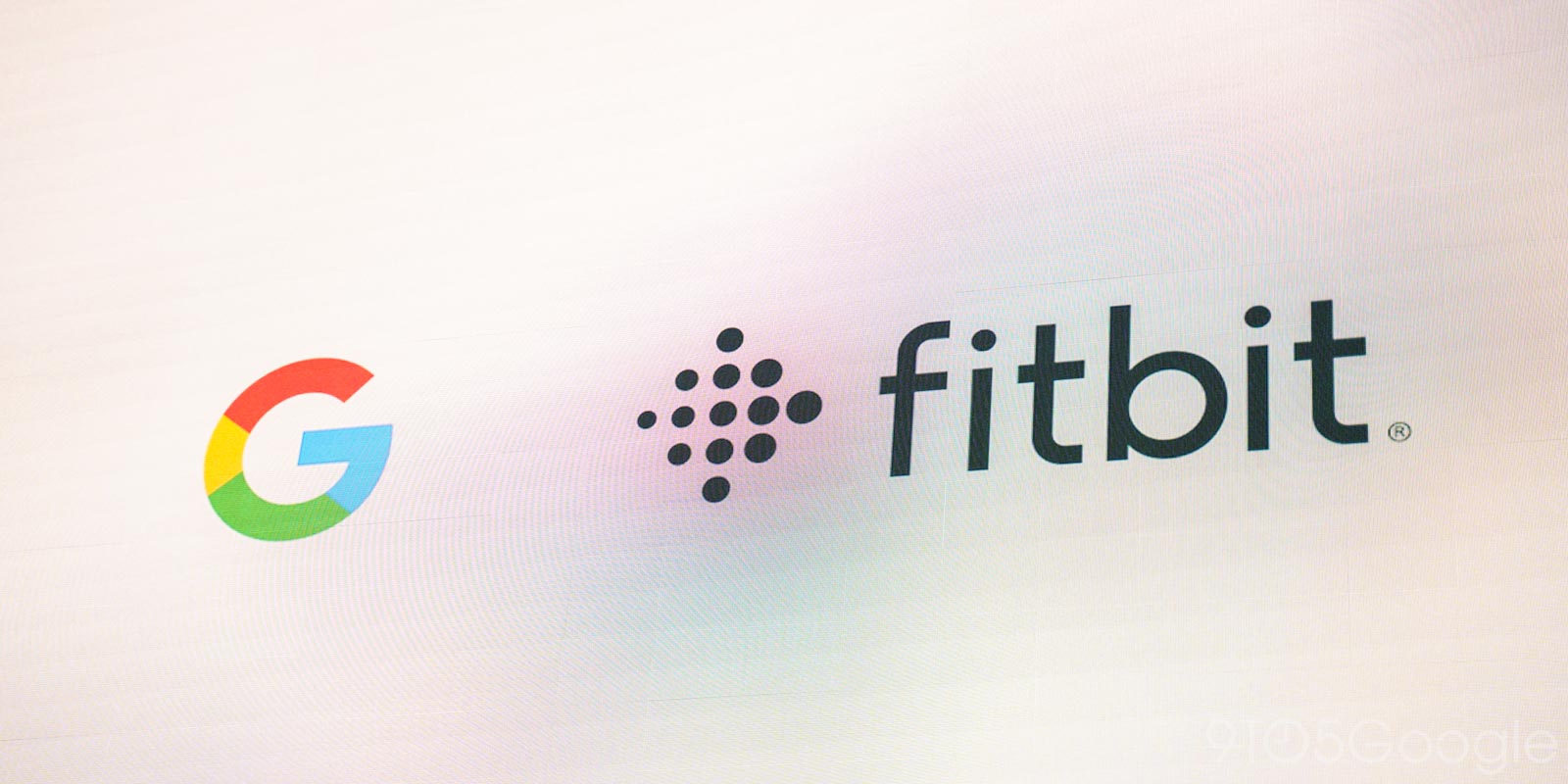
I’ve always found Fitbit’s fitness trackers to be more interesting than its smartwatches. As Wear OS inevitably takes over, I hope the tracker form factor is kept alive. To do so, however, Fitbit must support multiple devices being active at the same time.
For the past few years, Fitbit has only supported having one wearable associated with your account. This has specifically been the case since devices started featuring an “app gallery.” In the very early days, the company let you use more than one wrist or clip-on tracker. You’d have to take care to only wear one at a time, but Fitbit would always be importing data from both. It was originally pitched by Fitbit as letting you:
- Wear a smaller device for all-day step counting and a larger device for workouts.
- Switch between a discreet, clip-based tracker and a convenient, wrist-based device.
- Use MobileTrack if you forget your Fitbit device at home.
- Switch between any devices you like. Your account can have one of each device model and MobileTrack.
You can technically use multiple today, with data getting saved and never being destroyed, but it’s a manual process of having to “replace with new device” and disconnecting the other before a wearable would even sync.
I use the Pixel Watch day and night as of late. However, after two months of wearing a smartwatch to sleep, I can definitively say that I prefer the tracker form factor for overnight tracking. Having a bulbous circle instead of a thin sliver — the Fitbit Luxe in particular — on my wrist is noticeably different. For the first generation, the Pixel Watch is fortunately compact, but there’s undoubtedly a market desire for something bigger. (If Google addresses that later on, I hope they retain the 41mm size in perpetuity.)
Today, if I wanted to use Pixel Watch during the day and a Luxe for sleep tracking, I would — to be on the absolute safe side — have to pair the tracker in the Fitbit app before going to sleep. Upon waking up, I’d sync and then set up the Pixel Watch. As somebody who’s done this several times now (to test the Sense 2), I sometimes have to restart the Pixel Watch before the pairing process can finalize. Every time, I’m walked through the out-of-box experience introducing the Fitbit device. It isn’t long but it’s certainly tedious, and I could not see myself doing it daily.
The case for Fitbit to support multiple devices is actually a monetary one. The idea of having a day and night phone was ridiculed several years ago, but there’s absolutely a case for wearable specialization, even if it’s just between primary smartwatch and sleep tracker.
If a sleep tracker didn’t have to be designed for active sports wear, what does that wearable look like: is a color screen required, does it have to be made from rigid plastic, or fully waterproof? As an art project, Google’s design team once created a fabric wearable that didn’t secure via the kind of traditional watch buckle that always leaves skin indents. Meanwhile, I’m also reminded of how the Fitbit One came with a very lightweight strip of fabric/pouch that you wrapped around your wrist and secured via velcro.
Top comment by Cynthia
This feature is absolutely needed. I really see no reason for Google Fitbit to block the use of multiple trackers. It's beneficial to the user while one device is charging and certainly beneficial to Google Fitbit that we want to purchase multiple devices. Let's get it done guys!
I’m thinking far ahead about Fitbit’s potential roadmap with the idea of a dedicated sleep tracker, but I’d very much settle with being able to use the Luxe, Charge 5, Inspire 3, or an older tracker as my overnight wearable. These devices already have multi-day battery life and you could very much leave it on your nightstand table and not charge for a week or more if just used purely for sleep purposes.
Meanwhile, the other benefit would be giving people the choice of being able to easily switch to a multi-day device if they were going on a trip, and didn’t want to charge daily as is needed with today’s smartwatches.
It also helps to breathe new life into existing Fitbit trackers you might still have from year’s past that are perfectly capable. From a competition standpoint, the Apple Watch, Pixel Watch, and Wear OS have historically supported multiple devices.
If Fitbit added this multi-device support, Fitbit could get additional revenue from people buying a tracker to coexist with their smartwatch. Yes, this is not for most people, but the underlying capability could open a handful of interesting financial and design possibilities if Fitbit embraces some complexity.
FTC: We use income earning auto affiliate links. More.








Comments